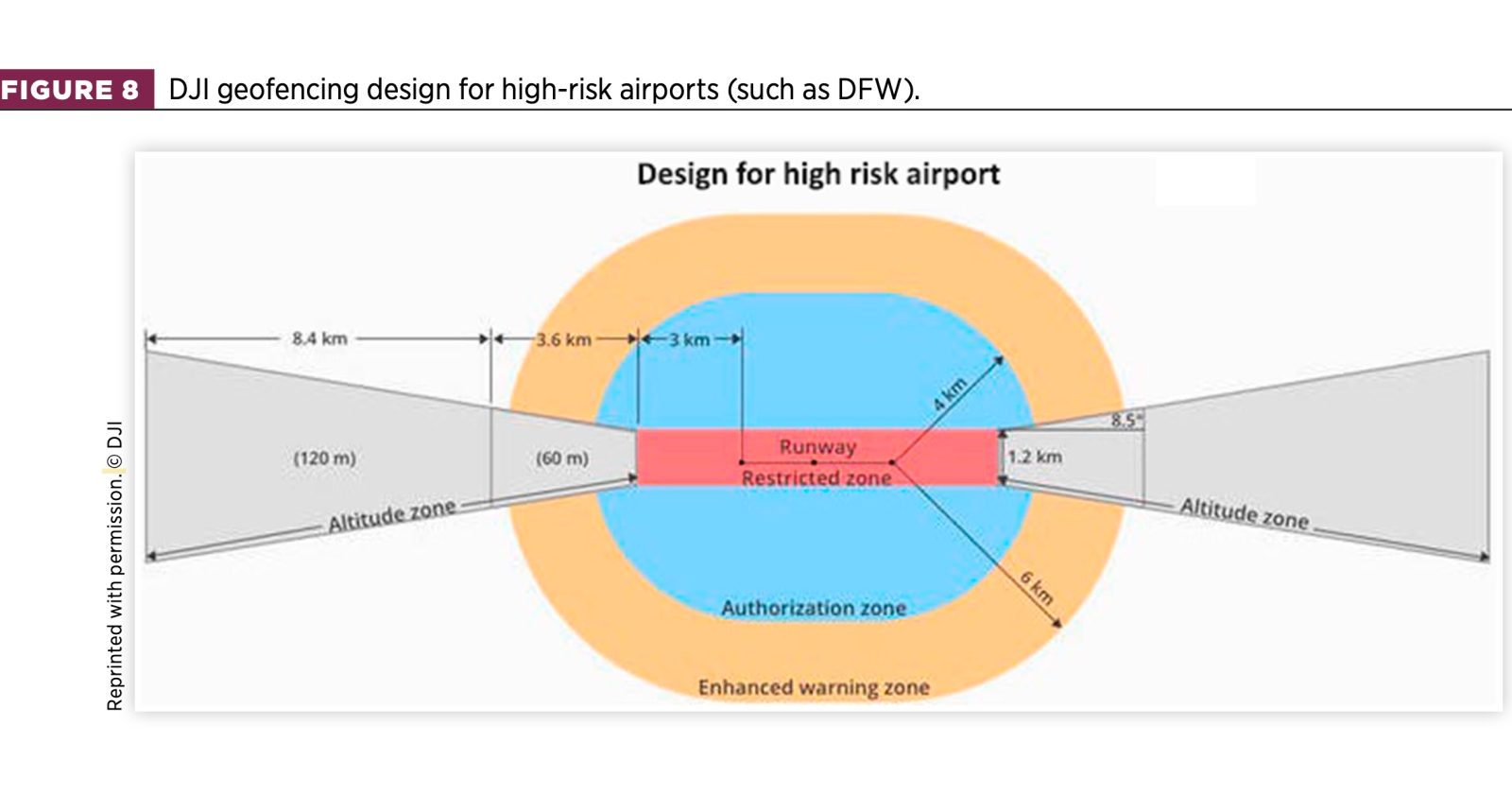Are Airplane Crashes And Near Misses Common? A Data-Driven Look At Aviation Safety

Table of Contents
The Reality of Airplane Crash Statistics
While the image of a plane crash often dominates headlines, the reality is far less dramatic. Fatal airplane accidents are incredibly rare events, thanks to stringent safety regulations and technological advancements.
Fatal Accidents
The probability of being involved in a fatal airplane crash is exceptionally low. Data from the International Air Transport Association (IATA) consistently shows a decreasing accident rate per million departures.
- Globally, the number of fatal accidents per year is relatively small compared to the billions of passengers carried annually.
- The accident rate per million departures has been steadily declining for decades, demonstrating the effectiveness of ongoing safety improvements.
- Factors like advancements in aircraft design, stricter maintenance protocols, and improved pilot training contribute significantly to reducing fatal accident rates. The introduction of sophisticated flight management systems and advanced materials has also played a pivotal role.
Non-Fatal Accidents and Incidents
It's crucial to distinguish between accidents and incidents. While accidents involve damage or injury, incidents are occurrences that could have led to an accident but did not. Non-fatal accidents, while far more frequent than fatal crashes, remain statistically uncommon.
- Runway excursions, bird strikes, and minor mechanical issues are examples of non-fatal accidents.
- Comprehensive data on incidents is challenging to gather, as not all incidents are reported or recorded consistently across all aviation authorities.
- However, even near misses are rigorously investigated to identify potential hazards and prevent future occurrences.
Understanding Near Misses in Aviation
Near misses, also known as serious incidents, are events that could have resulted in an accident but did not, often due to a combination of factors or a last-minute intervention.
Defining a Near Miss
Aviation authorities define near misses based on specific criteria, often involving a loss of separation between aircraft, runway incursions, or other hazardous situations that could have easily led to a collision or accident. These events, while not resulting in immediate damage, highlight potential weaknesses in the system.
- Near misses are critical for safety analysis because they reveal latent safety issues that may not be apparent through the analysis of accidents alone.
- The investigation of a near miss often uncovers potential systemic problems or human factors contributing to the dangerous situation.
Reporting and Investigation of Near Misses
Robust near miss reporting systems are crucial for aviation safety. Pilots, air traffic controllers, and maintenance personnel are encouraged to report incidents, regardless of severity. Thorough investigations are conducted to identify root causes and implement preventative measures.
- The investigation process involves detailed analysis of flight data recorders, air traffic control recordings, weather conditions, and witness statements.
- Advanced technologies like Automatic Dependent Surveillance-Broadcast (ADS-B) and Airborne Collision Avoidance System X (ACAS X) improve situational awareness and help reduce near misses.
- Data from near misses contributes significantly to changes in procedures, regulations, and technologies to further enhance safety.
Factors Contributing to Aviation Safety
The exceptionally high safety record of the aviation industry is a result of a multifaceted approach involving technological advancements, stringent regulations, and highly skilled personnel.
Technological Advancements
Modern aircraft are equipped with advanced technologies designed to enhance safety. These include sophisticated autopilot systems, GPS navigation, and collision avoidance systems.
- Autopilot systems enhance precision and reduce pilot workload, particularly during critical phases of flight.
- Collision avoidance systems (CAS) automatically alert pilots to potential conflicts with other aircraft.
- Advanced materials and design contribute to structural integrity and resilience in the event of accidents.
Stringent Regulations and Oversight
International aviation regulations, overseen by organizations like the International Civil Aviation Organization (ICAO), establish stringent safety standards that airlines and airports must adhere to globally. National bodies, like the FAA in the US and EASA in Europe, also provide crucial oversight.
- These regulations encompass aircraft maintenance, pilot training, air traffic control procedures, and airport infrastructure.
- Regular audits and inspections ensure compliance with safety standards.
Pilot Training and Crew Resource Management
Highly skilled pilots and cabin crew are central to aviation safety. Rigorous training, recurrent proficiency checks, and crew resource management (CRM) are essential elements of maintaining high safety standards.
- CRM emphasizes teamwork, communication, and decision-making within the cockpit crew, ensuring a collaborative approach to safety.
- Pilot training encompasses both theoretical knowledge and practical flight simulations, preparing pilots for diverse scenarios, including emergencies.
Conclusion
Airplane crashes remain statistically rare events, a testament to the industry's unwavering commitment to safety. However, near misses are more frequent and serve as invaluable indicators of potential risks. By analyzing near misses, the aviation industry can proactively address latent hazards, refining safety procedures, and implementing technological improvements to continually enhance air travel safety. By understanding the realities of airplane crashes and near misses, we can appreciate the incredible efforts dedicated to maintaining aviation safety. Continue your exploration of this topic by visiting the IATA website and learning more about the ongoing commitment to improving air travel safety. Understanding aviation safety incidents is crucial for all air travelers.

Featured Posts
-
 Sostoyanie Rybakinoy Slova Tennisistki O Forme Posle Turnira
May 24, 2025
Sostoyanie Rybakinoy Slova Tennisistki O Forme Posle Turnira
May 24, 2025 -
 Europese En Amerikaanse Aandelen Vergelijking En Toekomstige Trends
May 24, 2025
Europese En Amerikaanse Aandelen Vergelijking En Toekomstige Trends
May 24, 2025 -
 Harnessing Ai In Healthcare A Look At The Philips Future Health Index 2025
May 24, 2025
Harnessing Ai In Healthcare A Look At The Philips Future Health Index 2025
May 24, 2025 -
 Tathyr Atfaq Washntn Bkyn Altjary Ela Mwshr Daks Alalmany
May 24, 2025
Tathyr Atfaq Washntn Bkyn Altjary Ela Mwshr Daks Alalmany
May 24, 2025 -
 Teatr Mossoveta Proschanie S Sergeem Yurskim
May 24, 2025
Teatr Mossoveta Proschanie S Sergeem Yurskim
May 24, 2025
Latest Posts
-
 The Jonas Brothers Couples Spat And Joes Reaction
May 24, 2025
The Jonas Brothers Couples Spat And Joes Reaction
May 24, 2025 -
 Couples Hilarious Fight Over Joe Jonas His Response
May 24, 2025
Couples Hilarious Fight Over Joe Jonas His Response
May 24, 2025 -
 Joe Jonas Defuses A Fan Argument A Look At His Response
May 24, 2025
Joe Jonas Defuses A Fan Argument A Look At His Response
May 24, 2025 -
 Joe Jonas Responds To Couple Fighting Over Him
May 24, 2025
Joe Jonas Responds To Couple Fighting Over Him
May 24, 2025 -
 A Married Couples Fight Over Joe Jonas And His Reaction
May 24, 2025
A Married Couples Fight Over Joe Jonas And His Reaction
May 24, 2025
